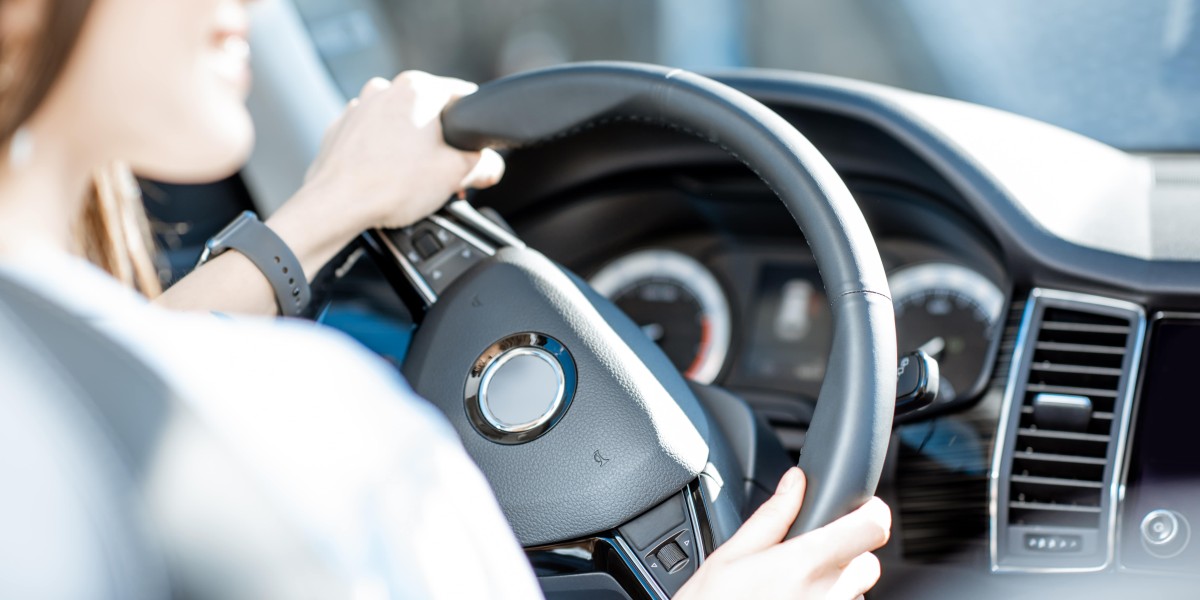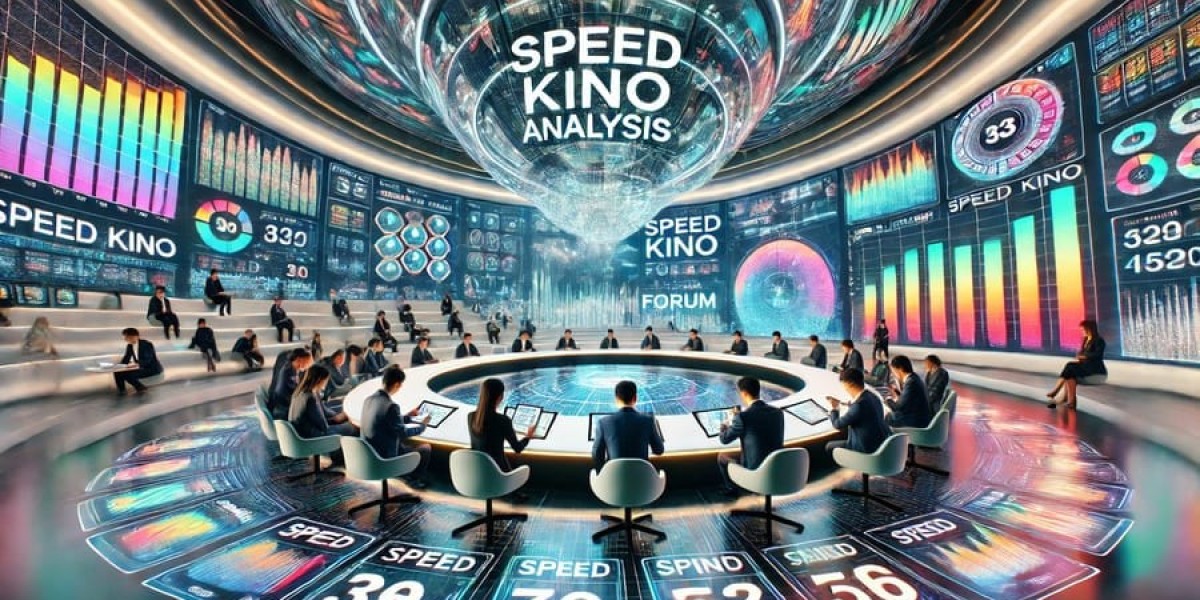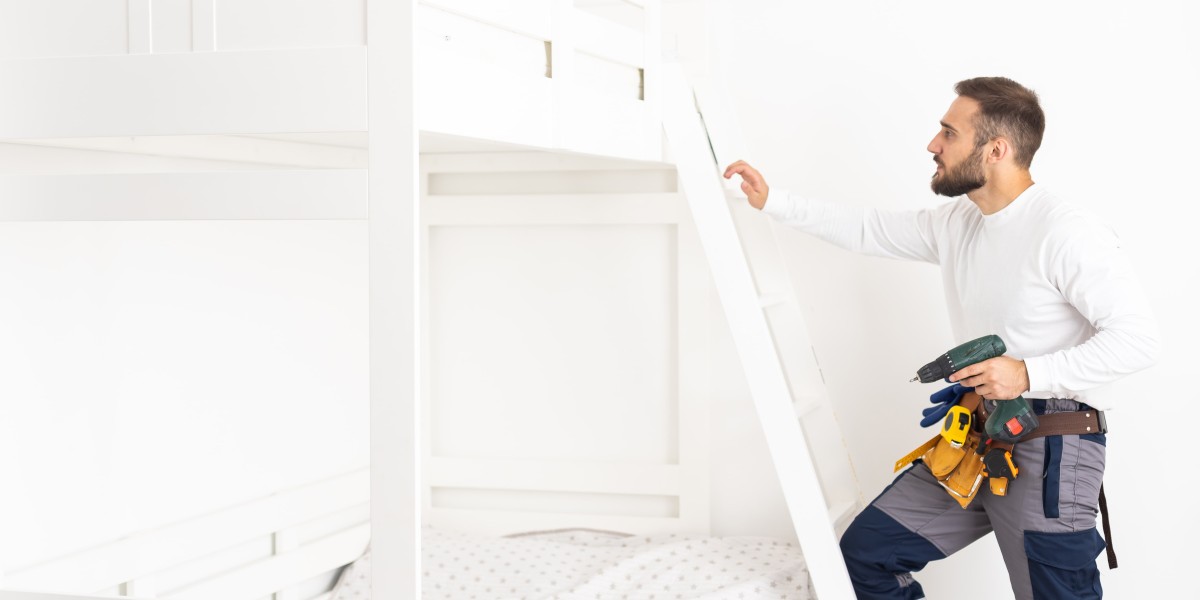The process of window installation has undergone significant advancements in recent years, driven by technological innovations and a growing emphasis on energy efficiency. Traditional methods of window installation, which often involve manual labor and basic tools, are being enhanced by smart technologies and automated systems that not only improve the efficiency of the installation process but also enhance the functionality and performance of windows themselves. This article explores the latest developments in window installation, focusing on smart windows, automation, and https://www.yell.com/biz/ideal-glass-st-albans-10766779/ the integration of advanced materials.
The Emergence of Smart Windows
Smart windows, also known as electrochromic or photochromic windows, represent a remarkable advancement in window technology. These windows can change their tint in response to changes in light, temperature, or even user preferences, thereby optimizing natural light and reducing glare. The installation of smart windows involves a more complex process than traditional windows due to the integration of electrical components and sensors. However, recent innovations have streamlined this process.
- Self-Tinting Technology: One of the most significant advancements in smart windows is the development of self-tinting technology. These windows can automatically adjust their tint based on the intensity of sunlight, reducing the need for manual adjustments and enhancing energy efficiency. This technology is particularly advantageous in commercial buildings, where large glass facades can lead to significant heat gain and increased cooling costs.
- Energy Efficiency: Smart windows can contribute to energy savings by minimizing the need for artificial lighting and reducing heating and cooling demands. When installed properly, these windows can lead to a decrease in energy consumption by up to 30%. The installation of smart windows often requires specialized training for installers to ensure that the electrical components are correctly integrated and that the windows function as intended.
Automation in Window Installation
The advent of automation in window installation is another significant development that enhances efficiency and precision. Automated systems can streamline the installation process, reducing labor costs and the time required for installation. Here are some key advancements in this area:
- Robotic Installers: The use of robotic systems for window installation is becoming more prevalent, especially in large-scale construction projects. These robots can handle heavy glass panels with precision, reducing the risk of damage and improving safety on job sites. Automated systems can also ensure that windows are installed at the correct angles and with the right amount of sealant, enhancing the overall performance of the windows.
- Drones for Measurement and Inspection: Drones are increasingly being utilized for measuring and inspecting installation sites. These flying devices can quickly gather data about the dimensions of openings and assess the condition of existing structures, allowing for more accurate planning and execution of window installations. This technology can significantly reduce the time spent on site assessments and improve the accuracy of measurements.
- Software Solutions: Advanced software solutions are now available to aid in the design and planning of window installations. These programs can simulate various installation scenarios, taking into account factors such as weather conditions, building orientation, and energy efficiency goals. This allows installers to create tailored solutions that meet the specific needs of each project, resulting in better performance and customer satisfaction.
Advanced Materials for Better Performance
The materials used in window manufacturing and installation have also evolved, leading to better performance and durability. Here are some notable advancements:
- Triple Glazing: While double-glazed windows have been a standard for years, triple-glazed windows are now gaining popularity. These windows consist of three layers of glass, providing superior insulation and energy efficiency. The installation process for triple-glazed windows requires careful handling and precise measurements, as the added weight and thickness can complicate the installation. However, the benefits in terms of energy savings and comfort are significant.
- Spacer Innovations: The introduction of advanced spacer technologies, such as warm-edge spacers, has enhanced the thermal performance of windows. These spacers reduce heat transfer between the interior and exterior of the window, minimizing condensation and improving energy efficiency. Installers must be trained in the proper techniques for using these new materials to ensure optimal performance.
- Impact-Resistant Glass: In regions prone to severe weather, impact-resistant glass is becoming a standard feature in window installations. This type of glass can withstand high winds and flying debris, providing enhanced safety for occupants. The installation of impact-resistant windows requires specialized techniques to ensure that they are securely anchored and properly sealed.
The Future of Window Installation
As technology continues to evolve, the future of window installation looks promising. The integration of smart technologies, automation, and advanced materials will likely lead to even greater efficiencies and improvements in performance. Here are some trends to watch for:
- Increased Customization: With advancements in manufacturing techniques, it is becoming easier to produce custom windows that meet specific design and performance criteria. This trend will allow homeowners and builders to create unique solutions tailored to their needs, enhancing both aesthetics and functionality.
- Sustainability Focus: The growing emphasis on sustainability is driving innovations in window installation. Installers will increasingly be required to consider the environmental impact of their materials and practices, leading to the adoption of eco-friendly materials and processes.
- Smart Home Integration: As smart home technology becomes more prevalent, the integration of windows with home automation systems will become a standard feature. This will allow homeowners to control their windows remotely, optimizing natural light and energy efficiency based on their preferences and lifestyle.
Conclusion
The advancements in window installation, marked by the rise of smart windows, automation, and advanced materials, are revolutionizing the industry. These innovations not only improve the efficiency and effectiveness of window installations but also enhance the performance and sustainability of buildings. As technology continues to evolve, the future of window installation promises to be even more exciting, offering new opportunities for energy savings, safety, and customization. Installers and homeowners alike will benefit from these developments, leading to a more efficient and sustainable built environment.










